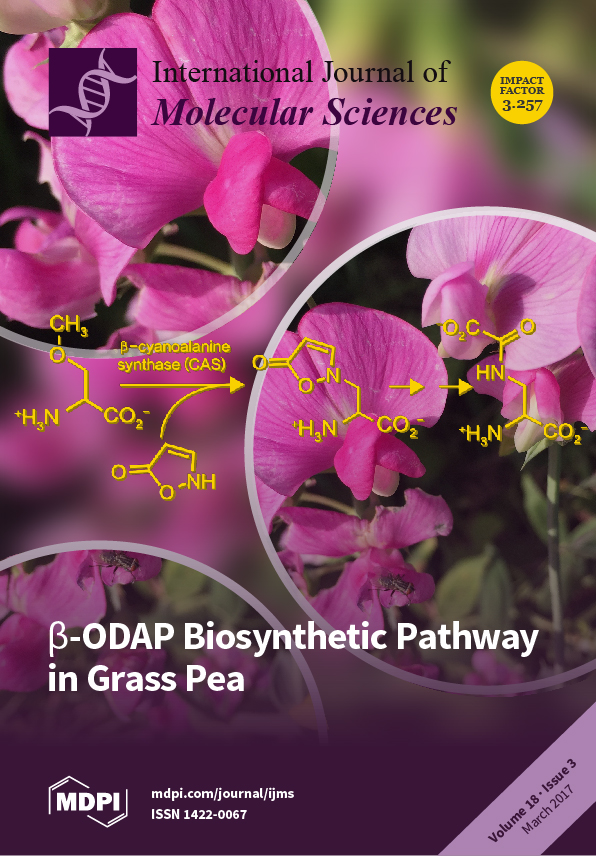To develop a biodegradable polymer possessing elasticity and flexibility, we synthesized MPEG-b-(PCL-
co-PLA) copolymers (PC
xL
yA), which display specific rates of flexibility and elasticity. We synthesize the PC
xL
yA copolymers by ring-opening polymerization of ε-caprolactone and
[...] Read more.
To develop a biodegradable polymer possessing elasticity and flexibility, we synthesized MPEG-b-(PCL-
co-PLA) copolymers (PC
xL
yA), which display specific rates of flexibility and elasticity. We synthesize the PC
xL
yA copolymers by ring-opening polymerization of ε-caprolactone and
l-lactide. PC
xL
yA copolymers of various compositions were synthesized with 500,000 molecular weight. The PC
xL
yA copolymers mechanical properties were dependent on the mole ratio of the ε-caprolactone and
l-lactide components. Cyclic tensile tests were carried out to investigate the resistance to creep of PC
xL
yA specimens after up to 20 deformation cycles to 50% elongation. After in vivo implantation, the PC
xL
yA implants exhibited biocompatibility, and gradually biodegraded over an eight-week experimental period. Immunohistochemical characterization showed that the PC
xL
yA implants provoked in vivo inflammation, which gradually decreased over time. The copolymer was used as a drug carrier for locally implantable drugs, the hydrophobic drug dexamethasone (Dex), and the water-soluble drug dexamethasone 21-phosphate disodium salt (Dex(p)). We monitored drug-loaded PC
xL
yA films for in vitro and in vivo drug release over 40 days and observed real-time sustained release of near-infrared (NIR) fluorescence over an extended period from hydrophobic IR-780- and hydrophilic IR-783-loaded PC
xL
yA implanted in live animals. Finally, we confirmed that PC
xL
yA films are usable as biodegradable, elastic drug carriers.
Full article






